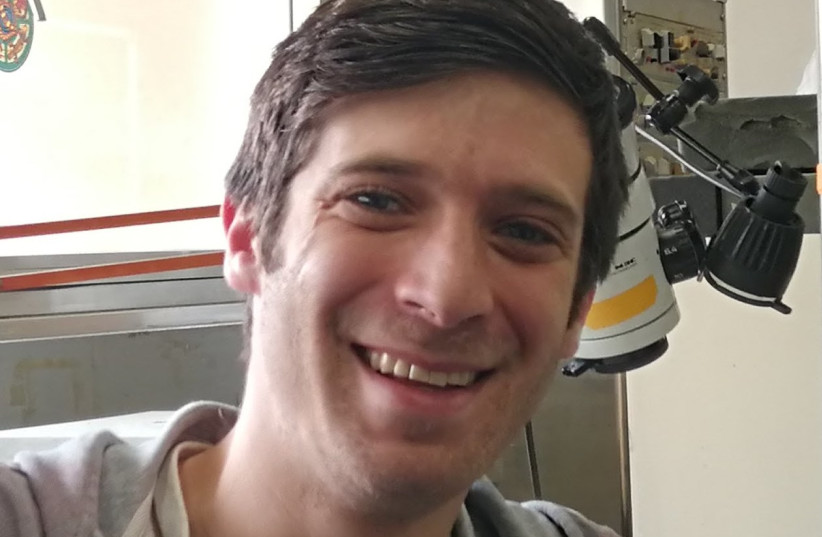What part of the brain allows the experience of pain in the body? It is nearly axiomatic that pain – among other examples of conscious experience – is an outcome of still-unclear forms of neural processing that occur in the cerebral cortex – the outermost layer of the brain that is linked with our highest mental capabilities.
The cerebral cortex is primarily made out of gray matter (tissue made up of neurons), with between 14 and 16 billion nerve cells located there. It has been thought that the center of pain transmission in the brain is specifically within the thalamo-cortical network, which is a relay station that organizes electrical signals that are information routes within the cortex. Previous studies have shown that this network is active when people feel pain, and that people with mental disorders have disrupted functional activity in this and related networks.
The belief that pain and all other forms of conscious experience is felt via the cortex is based mostly on the fact that this outermost layer expanded dramatically in the course of primate evolution, especially in humans.
But now, Prof. Marshall Devor and doctoral student Mark Baron of the Department of Cell and Developmental Biology in the Silberman Institute of Life Sciences at the Hebrew University of Jerusalem have collected evidence from a number of sources that feeling pain is unlike the other senses and may not, in fact, be an expression of cortical processing.
These include the virtual inability to evoke pain by stimulating the cortex by implanting electrodes on the surface of the brain, and the fact that it is rare for epilepsy patients to suffer painful auras (sensations) before they have a seizure.

And yet, the authors write in nine pages in the journal Behavioral Brain Research under the title “Might pain be experienced in the brain stem rather than in the cerebral cortex?” that perceiving pain is clearly a function of a conscious brain, so at least this form of conscious experience may occur somewhere other than in the cortex.”
The fact that the brain controls everything should not be taken for granted, the authors insist.
“In ancient times, complex human experience was believed to be seated in the heart and later in diverse body organs including, the spleen (mood) and the uterus (empathy). In Hebrew, rahamim – the word for mercy – derives from rehem, the womb.”

Only later did the brain, and principally the cortex, become the consensus repository of mental life, at times in exaggerated form. In the 19th century, phrenology – the study of the shape of the skull as indicative of mental faculties and traits of character – gave functional modularity a bad name with the claim that personality traits and even ethical preferences could be determined according to bumps on the skull. However, those days have largely passed.
The question of where in the brain that pain resides other than in the cortex is not just a matter of anatomical location, the researchers wrote. It has consequences for our understanding of the evolution of consciousness itself.
“While the concept of a ‘center-of-consciousness’ seems to be outmoded, consciousness is almost universally believed to be ‘seated’ in the cerebral cortex.”
Their conclusion from the evidence is that conscious experience, at least as realized in the pain system, is seated below the cortex, perhaps even in the “primitive” brain stem – the stalk-like part of the brain that connects the rest of the brain with the spinal cord and controls many sub-conscious bodily functions like breathing and maintaining the heart rate.
The Hebrew University researchers concluded that at least with regard to pain, the evolutionary drive that fostered expansion of the cerebral cortex was not to implement conscious experience – a capacity probably already in place in the brain stem in lower mammals and perhaps even in more primitive animals.
“Rather, evolutionary expansion of the cortex was adaptive because it provided the already conscious brain stem with high-quality information.”
